At present, only one species of Pseudorinelepis is recognized by scientists, namely P. genibarbis. According to this assumption, the species is widely distributed in tropical South America and occurs in the Amazon and its tributaries as well as in the Orinoco and its catchment system. According to this theory, the color differences observed in living Pseudorinelepis are rather due to individual color adaptation to different substrates, age and sex differences.
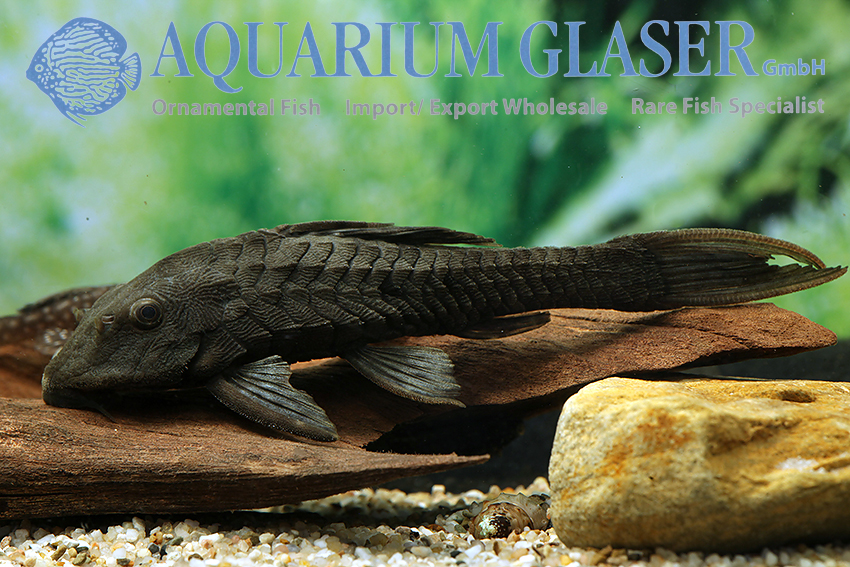
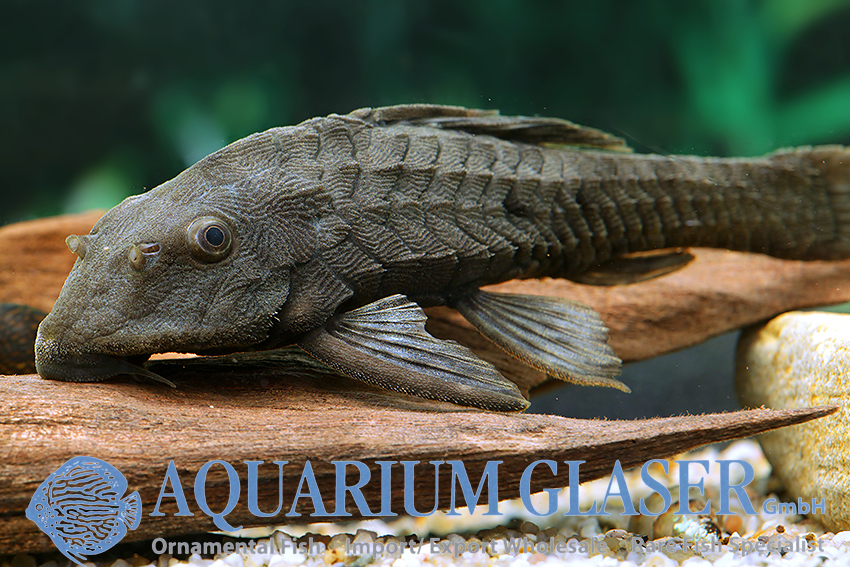
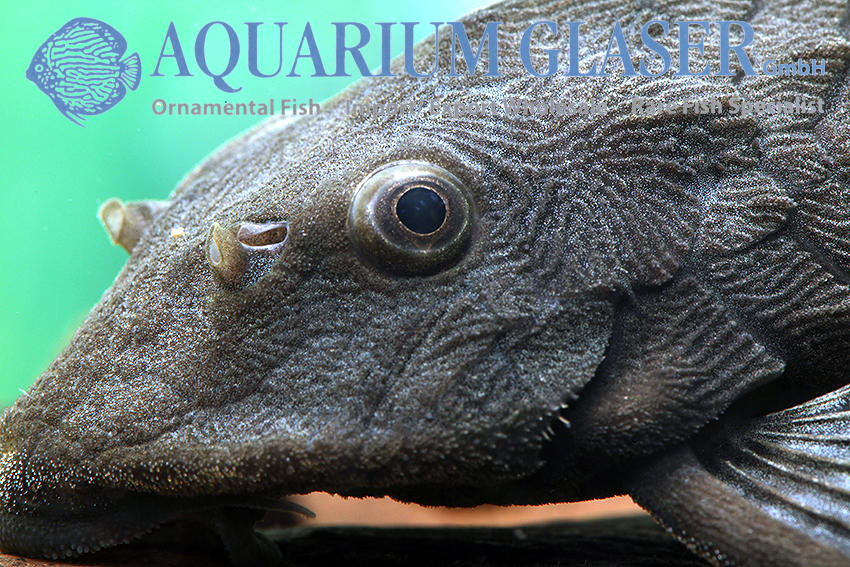
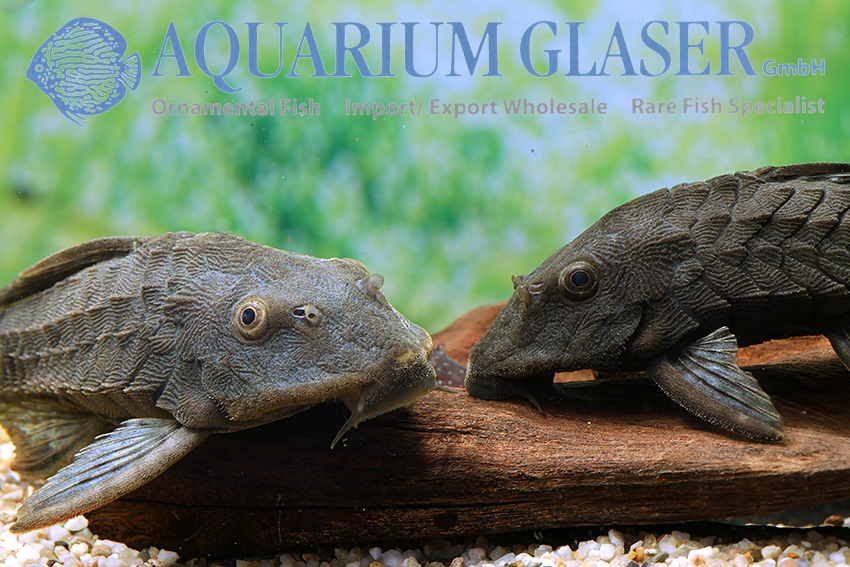
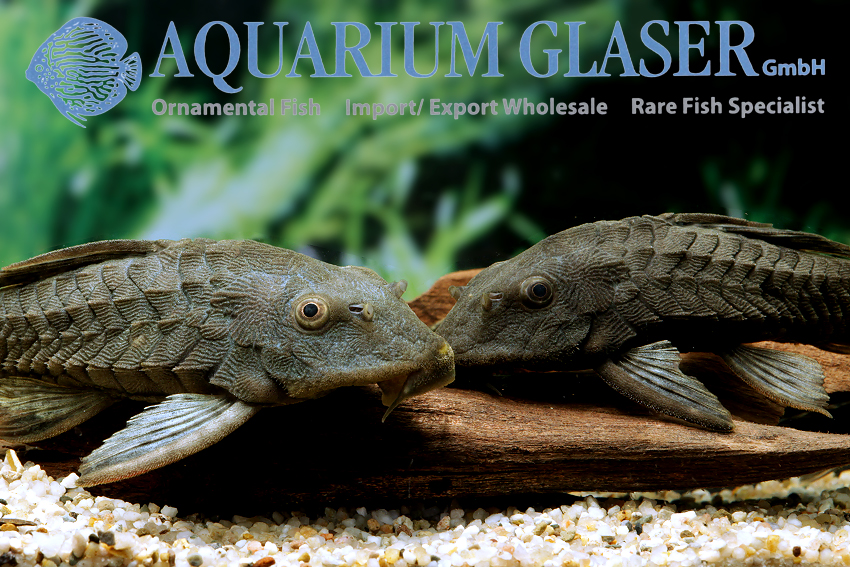
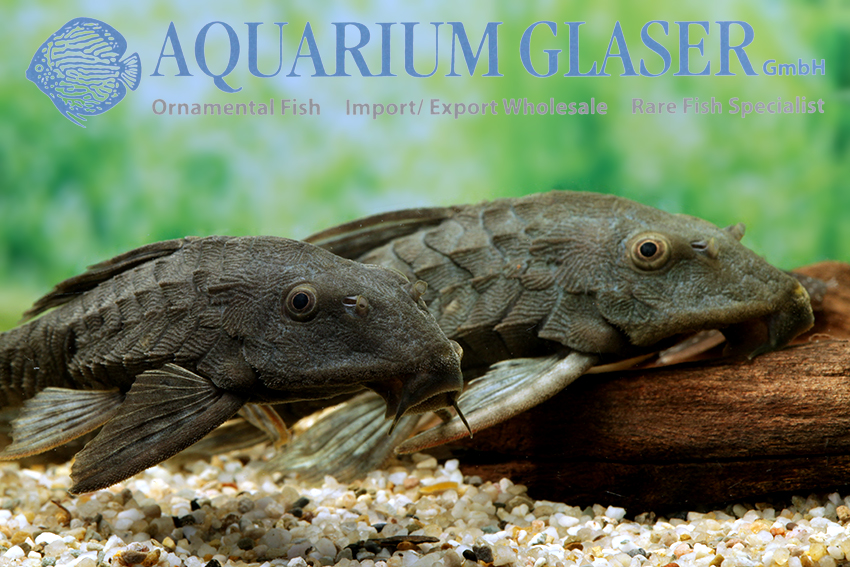
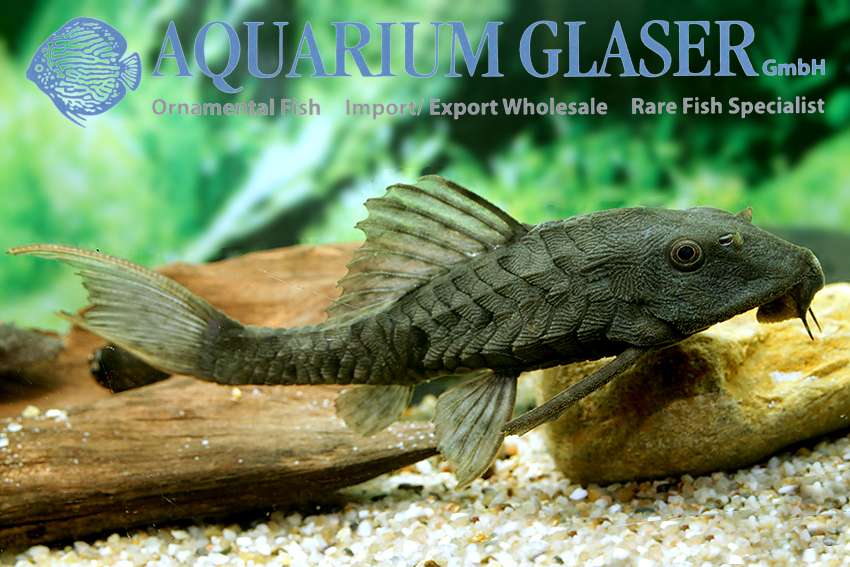
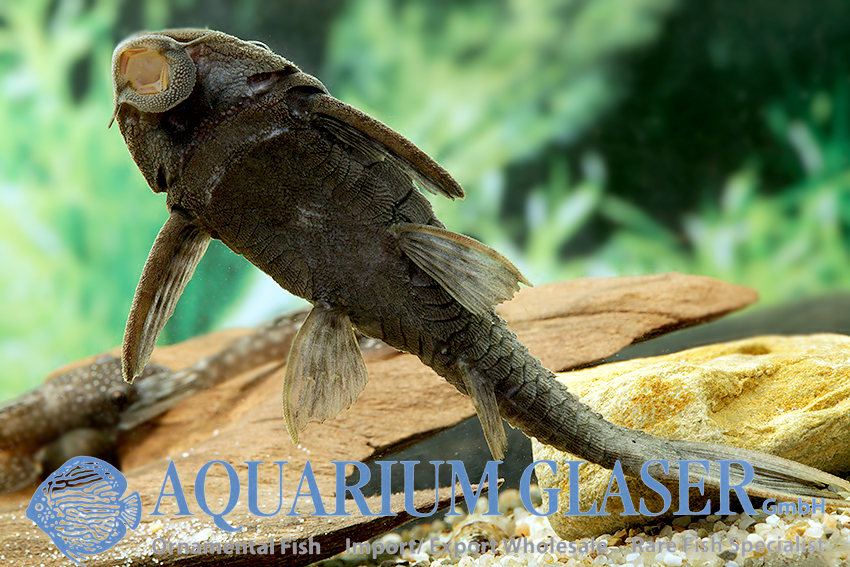
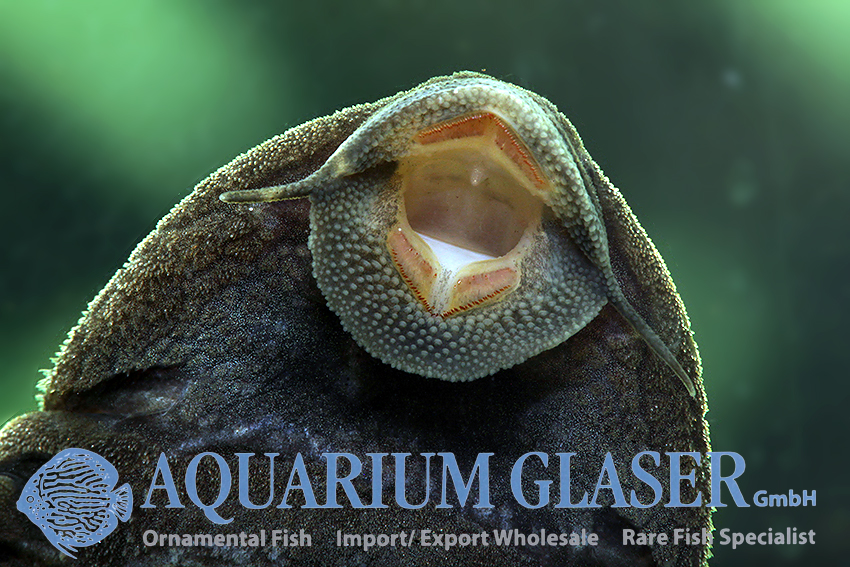
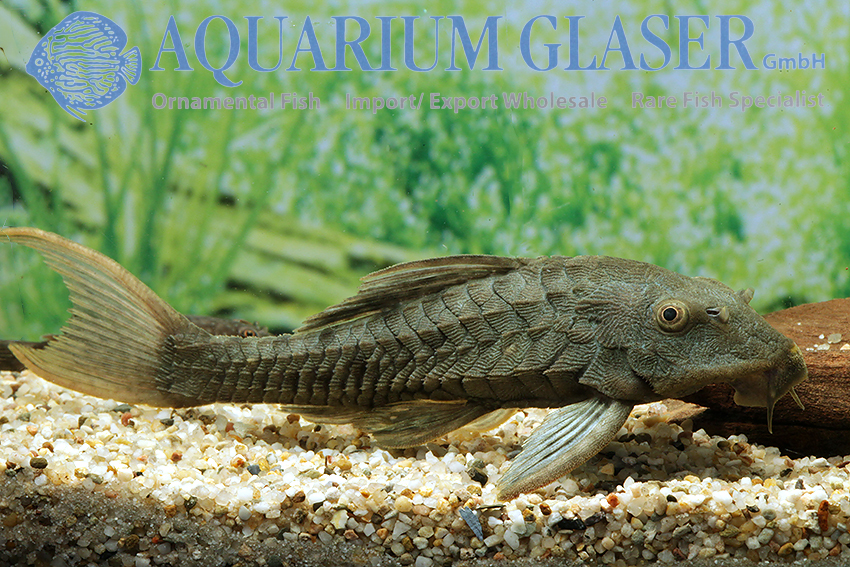
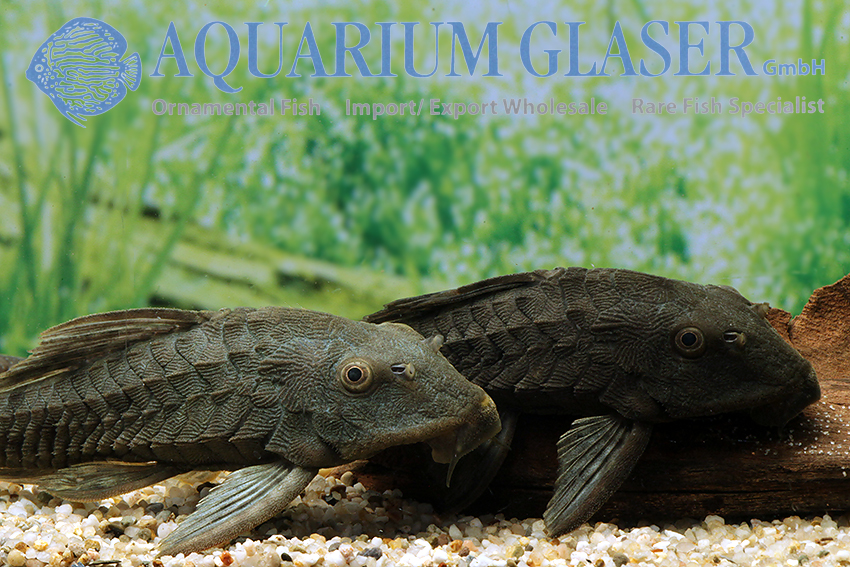
In aquarium practice, however, the situation is somewhat different. The most sought-after animals with light grey ground coloration, strong spots, orange cheeks and fin rays are only found in the Rio Demini in Brazil (see https://www.aquariumglaser.de/en/10-catfishes/pseudorinelepis-sp-l95-2/); specimens from the Ucayali in Peru are dark brown with large, irregular spots. And the Pseudorinelepis from the Rio Purus in Brazil are usually almost black, as are those exported from the Orinoco in Colombia. These color differences led to L-numbers, namely L95 for animals from the Demini and L152 for those from the Orinoco. The fish from the Purus have not yet received an “official” L number and are referred to as L95a in the trade.
In fact, L95a are also very variable in color. The two specimens photographed for this post come from the same shipment, are roughly the same size (11-14 cm) and show quite clearly how differently individual animals can be colored.
Pseudorinelepis grow to a comparatively large final size of 35-50 cm and are often very territorial in old age. Only really large aquaria are therefore suitable for the long-term care of these predominantly herbivorous fish. We are not aware of any successful breeding, but this has probably never been attempted as the relatively low demand is easily covered by imports.
For our customers: the animals have code 26480-L 095A-3 on our stock list. Please note that we only supply the wholesale trade.
Text & photos: Frank Schäfer




